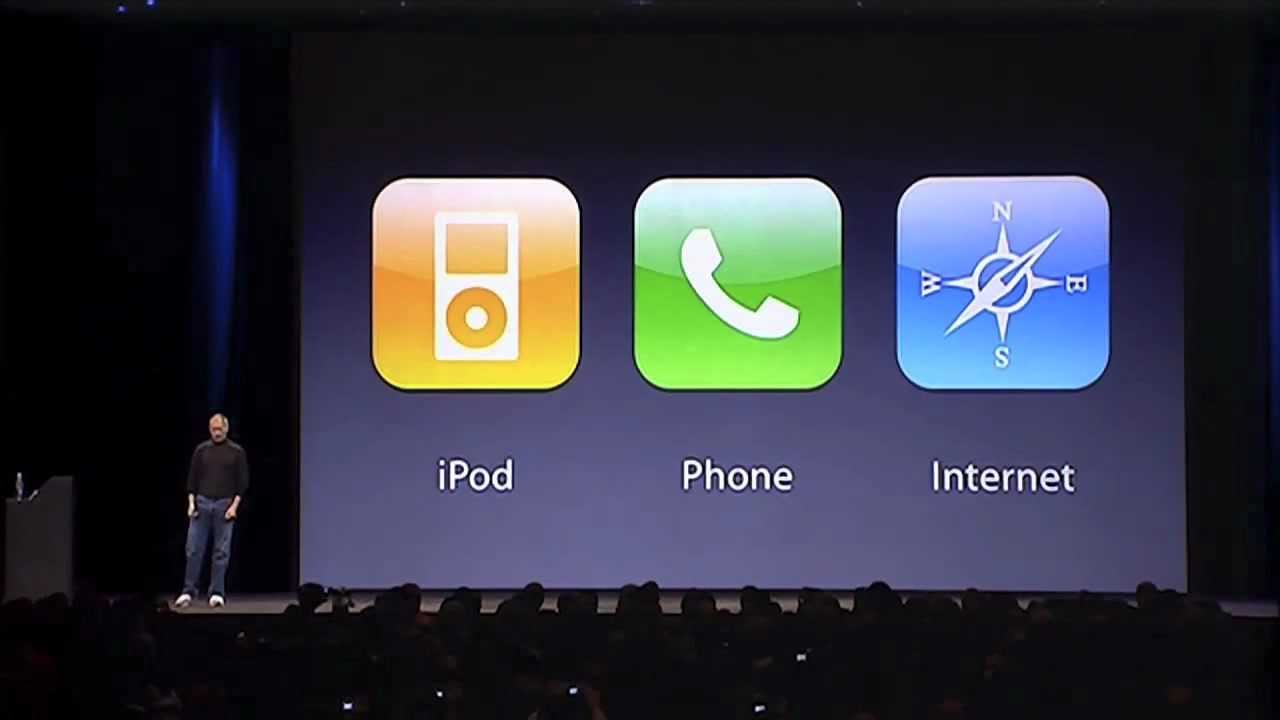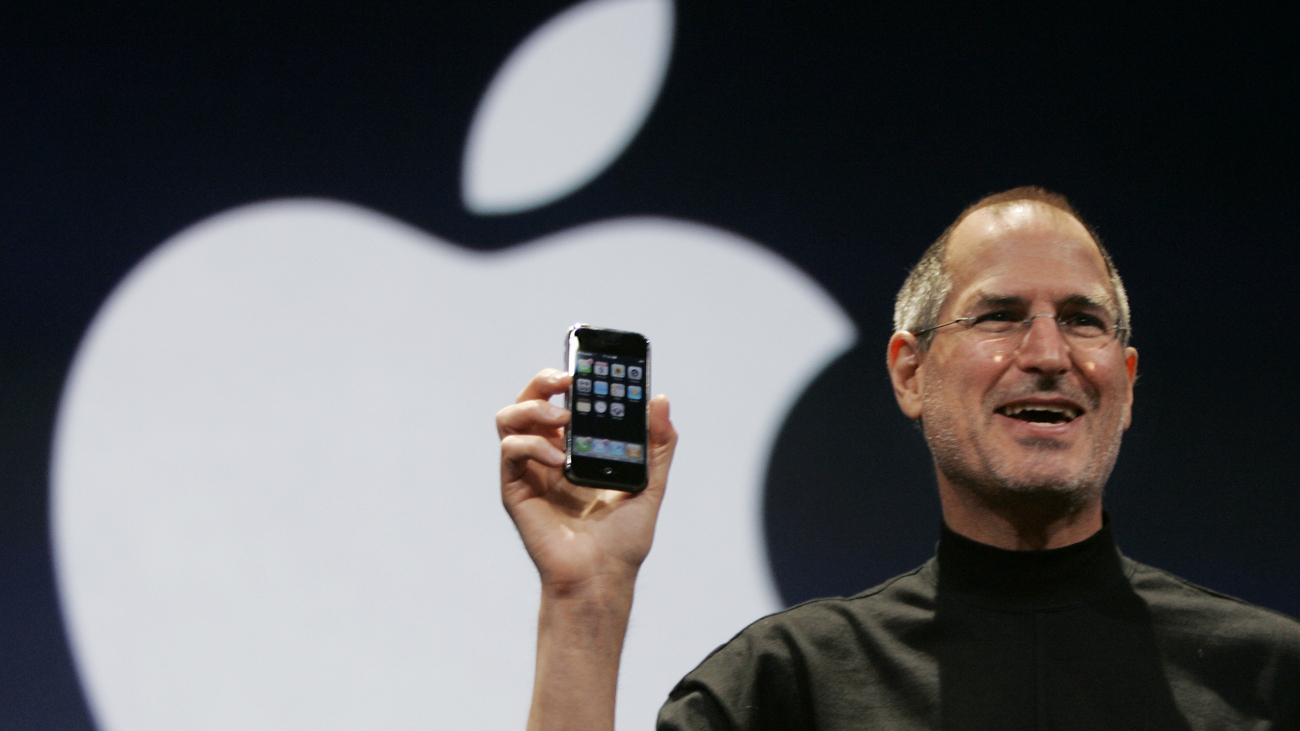Preparing for presentations can be daunting and nerve-wracking. At some point, you might feel like quitting because the thought of facing a hundred of people dreads you. Since all eye sockets will be at you at that time, you have to be confident and ready enough to cope up until the end. However, there are tons of tips and techniques to help you overcome the anxiety of giving a presentation. The 10 best presentation tips for an effective presentation down below will not only help you overcome social anxiety but can also aid in giving a killer presentation.
10 Best Presentation Tips
1. Plan in Analog
Before we talk about the importance of planning and how to plan, drop a comment down below and let us know what is it you plan to do with your one precious life.
“Planning is bringing the future into the present so that you can do something about it”
¬Alan Lakein
This is beautifully said by Alan Lakein that your plans are the best source of realizing your future in the present. Whether you are going to give a small presentation or a keynote to, probably, a million people, you can not avoid how effective making plans can be for your presentation.
Besides, there are various ways and strategies you can use to plan your presentation. However, we will only discuss the two main ways you can plan your presentations with. You can either plan in analog or digitally. The choice is yours.
However, there is something remarkably magical about planning in analog. Because even though the Master presenter aka Steve Jobs revolutionized the world of tech, he still preferred using pen and paper to start. For any Apple keynotes, he would start preparation months before. He would spend most his time brainstorming and mind-mapping on a paper. And he would take nothing for granted. The following quote by Garr Reynolds describes how mind-blowingly crucial planning in analog is:
“There’s just something about paper and pen and sketching out rough ideas in the ‘analog world’ in the early stages that seem to lead to more clarity and better, more creative results when we finally get down to representing our ideas digitally”.
Thus, for your coming presentation, start with planning in analog. Take a pen and a piece of paper; write down everything that is in there.
2. Plan a Historic Start
The start of your presentation is very important. As they say that you do not get a second chance to make a first impression. Thus, plan a historically strong start. So that you should be able to grab your audiences’ attention within a few minutes of your presentation.
Conventionally, your audience will give you a few minutes of a chance to let you grab their attention. So, before they start to wander around, take over the opportunity and make them listen to you. There are several ways you can do so. For instance, you can start your presentation with a:
- question
- startling statement
- story
If you want more best presentation tips, you can click here to learn more about some of the Best Ways to Start and End Your Presentation or Speech.
3. Sell Something
Nothing is for free. So are the time and attention of your audience. Thus, you need to earn them. How do you earn their time and attention?
It is tough but with a bit of hard work and preparation, you can get pretty easily. All in all, you need to understand that in order to make your audience listen to you, you need to sell them something. In other words, you need to give them a reason to listen to you. The reason may differ from presentation to presentation. One of the most common reasons can be an important piece of information or knowledge.
4. Make Simple, Visual Slides
If you are using PowerPoint or any fancy presentation software, you might like to make things a little bit fancy and interesting. However, simple and visual slides have a better impact on your audience then beautiful and colorful ones do.
For instance, when Steve Jobs introduced the iPhone as the revolutionary mobile phone, he applied the rule of three and stuck to simple slides of the three revolutionary products:
- a mobile phone
- an iPod with touch control
- a breakthrough internet communicator.

Thus, if you think your audiences’ mind will “WOW!” if you used beautiful and colorful slides, you are probably wrong. It is not about how beautiful and colorful your slides are but how you present them to your audience.
Furthermore, the key to keep your audience attentive for a long time is to include related and informative video clips, demonstrations and/or a second speaker if possible.
5. Keep it Simple
When planning your presentation, ask yourself,” What is the key message I want my audience to take away?” This will help you in countless ways. Firstly, this will help you to pinpoint anything that is not relevant to say or anything that does not help you elaborate on your key message.
Secondly, you will also be able to identify the more complex areas of your presentation or anything which your audience may not be able to grasp. Thus, the key is to keep it simple and to focus on the core message of your presentation.
6. Tell Stories
There is no doubt telling stories has been the best mean of conversation. Because stories are easy to remember and they are very effective.
For instance, Steve Jobs was well aware of how powerful the art storytelling is. Therefore, before digging into the ocean, he would always tell stories to his audience to connect to them. Similarly, before Jobs revealed the iPhone, he sat back and reviewed the thrilling history of 1984 Macintosh which not only changed the destiny of the Apple but also the entire tech industry.
Next, he shared the overwhelming experience of iPod when Apple remodeled the experience of listening to music. Thus, one of the best ways to connect to your audience is to tell them stories. But you should, as a speaker, tell them stories which they, as the audience, can relate to.
7. Use Powerful Body Language
From the tiniest movement of your hands to the way you stand, your body language is the most powerful non-verbal means of communication. Learning and improving your body language can help you better represent yourself and enhance your daily interactions.
Though body language covers an extensive range of human expression, your posture and eye contact are the two most important elements of a great presentation. Moreover, following the tips below will help you improve your body language and give a great presentation.
-
Movements of your hands:
One of the most important mistakes we make is the movements of our hands. Thus, avoid hiding your hands, fidgeting with them, or clasping them. Because these are the signs of nervousness. Instead, you should keep your arms and hands open. And use your hands to explain your point of view.
-
Movements of your Legs
During giving your presentation, controlling the movements of your legs can more difficult than you think. Because during your presentation, you have to concentrate on your slides, your audience, and your presentation. Thus, it can be hard to make proper leg movements. Bad movements of your legs signals to your audience that you are uncomfortable and restless.
Instead, practice standing confidently. And make controlled movements here and there. All in all, you should remember to avoid standing still and walking as if you are in a garden.
-
Eye Contact
Avoiding eye contact, looking constantly at your slides or probably ceiling look unprofessional and is a sign of boredom and/or nervousness. You should, instead, make eye contact with your audience when making a point and/or illustrating something. However, you should avoid staring at one person for a long time.
8. Speak Your Audiences’ Language
One of the most important things that you should keep in mind is that you are not delivering the presentation to yourself or to an expert. Thus, learn your audience’s language. A day or two before, inquire from your teacher or any authority about who your audiences are going to be, which age group they belong to and more.
Then, practice illustrating your presentation in the simplest ways possible so that your audience can understand. You can ask your friends or anyone who knows nothing or very little about your topic to listen to your presentation. Then, check if there are any gaps in your explanation. If there were any, try to resolve or simplify it.
9. Smile and Keep Eye Contact
a warm smile is the universal language of kindness.
¬William Arthur Ward
The second last best presentation tip is to have a warm smile. Your face is the most important aspect of making your presentation a successful presentation. Unless you are conveying a piece of fatal news, it is good to have a warm smile on your face. Thus, you should start your presentation with a warm and wide smile. This will make your audience listen to your more willingly because as humans we love to surround ourselves with positive vibes.

Thus, keep smiling during your presentation. It is especially important to smile when you want to make your audience laugh. They will respond to your smile and positive vibes by smiling back at you.
10. Relax and Enjoy
No matter what Steve Jobs talked about in his keynotes, he always had fun in doing so. Therefore, the Apple keynotes were so successful back then. Thus, no matter what you are presenting, try to relax and enjoy the process. Because unless you learn to enjoy the process, you will not enjoy the fruit at the end.
Also, even if anything goes wrong, do not get nervous. instead, learn to laugh at your own bad jokes, mistakes, and blunders. Otherwise, your audience will either soon get bored or take you as granted.
Related:
Conclusion
So that is it about best presentation tips to help you overcome the anxiety. Besides, if there are any other best presentation tips you have in your mind, let us know down below.


